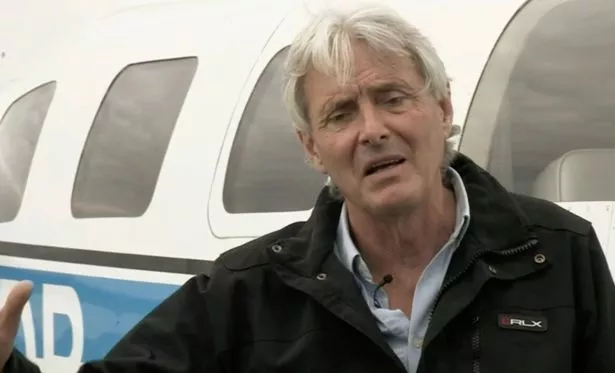cybervampira
Well-Known Member
- Joined
- Jan 21, 2014
- Messages
- 15,973
- Reaction score
- 68,921
Premier League striker on missing plane
Premier League footballer Emiliano Sala was on a light aircraft which disappeared over the Channel Islands, the French Civili Aviation authority has confirmed.
The Argentine striker was one of two people on board the Piper Malibu which went missing off Alderney in the Channel Islands on Monday night.
Guernsey Police said "no trace" of the missing aircraft had been found.
It left Nantes at 19:15 and had been flying at 5,000ft when it contacted Jersey air traffic control requesting descent, the force said.
The plane lost contact while at 2,300ft.
Sightings of red flares were reported during a lifeboat and helicopter search, but "nothing of significance was found", a Channel Islands Air Search spokeswoman said.

Emiliano Sala's former club Nantes FC postpone game
Live updates as Cardiff City's Emiliano Sala confirmed on board missing aircraft
Emiliano Sala missing plane: Cardiff & Nantes await news amid 'genuine concern' for striker | Goal.com
Premier League footballer Emiliano Sala was on a light aircraft which disappeared over the Channel Islands, the French Civili Aviation authority has confirmed.
The Argentine striker was one of two people on board the Piper Malibu which went missing off Alderney in the Channel Islands on Monday night.
Guernsey Police said "no trace" of the missing aircraft had been found.
It left Nantes at 19:15 and had been flying at 5,000ft when it contacted Jersey air traffic control requesting descent, the force said.
The plane lost contact while at 2,300ft.
Sightings of red flares were reported during a lifeboat and helicopter search, but "nothing of significance was found", a Channel Islands Air Search spokeswoman said.

Emiliano Sala's former club Nantes FC postpone game
Live updates as Cardiff City's Emiliano Sala confirmed on board missing aircraft
Emiliano Sala missing plane: Cardiff & Nantes await news amid 'genuine concern' for striker | Goal.com





